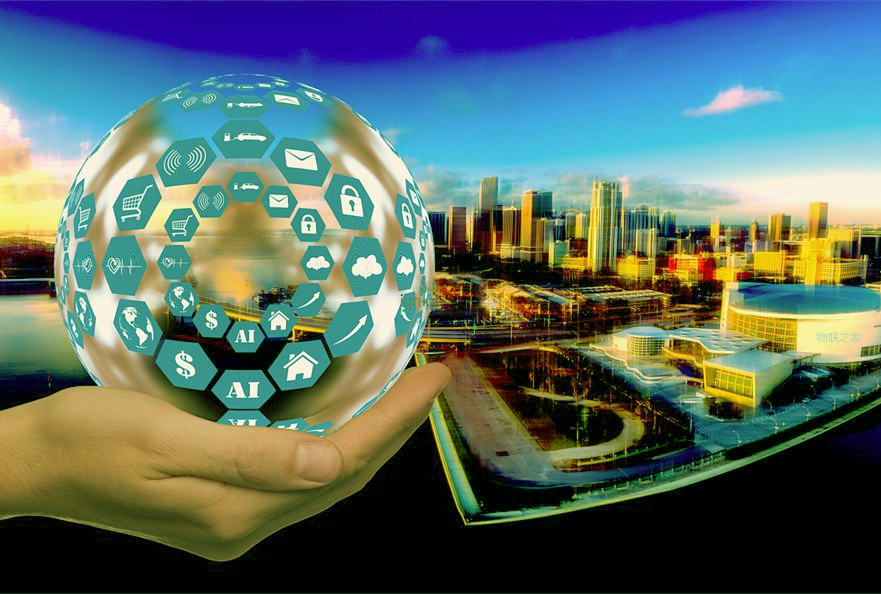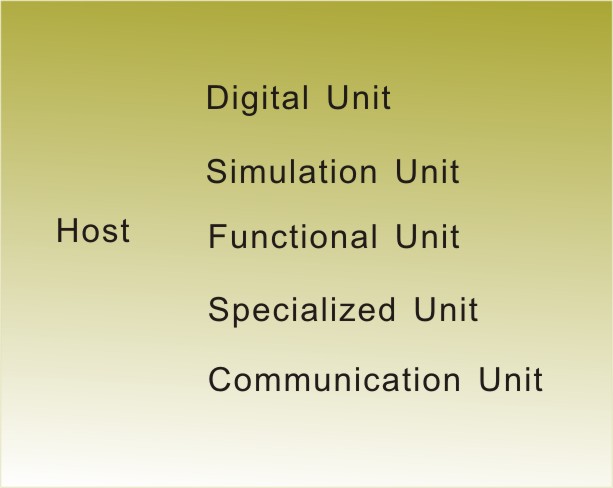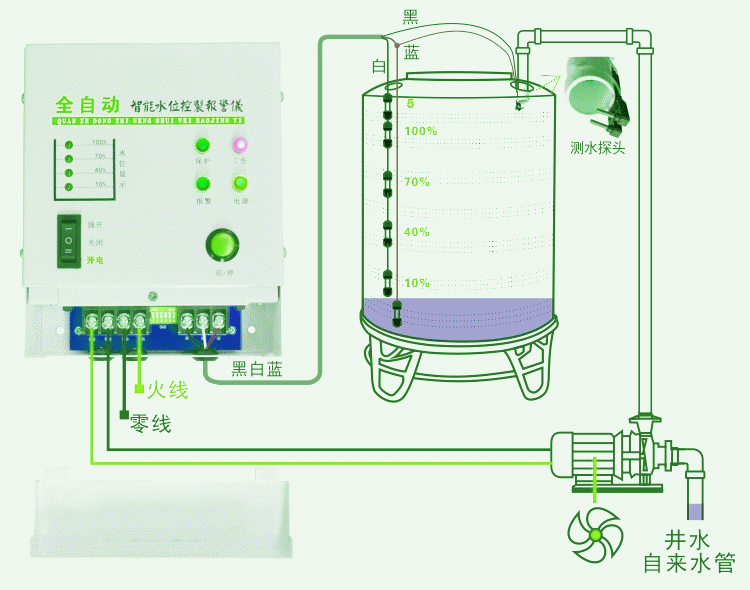The industrial data acquisition system includes device access, protocol conversion and edge computing

Device access is the starting point for establishing a connection between the physical and digital worlds in industrial data collection. Device access utilizes wired or wireless communication methods to achieve ubiquitous connection between industrial sites and intelligent products/mobile devices outside the factory, and reports data to the cloud. After data access, the data will be parsed, converted, and uploaded to the IoT platform through standard application layer protocols MQTT and HTTP. Some industrial IoT application scenarios may perform real-time data analysis and preprocessing locally after protocol conversion, and then upload it to the cloud to improve real-time performance and reduce network broadband pressure. Edge computing has developed rapidly in recent years, and people are increasingly aware of the advantages of data processing nearby. Whether it is for effectiveness or data security, or the reliability of the network, edge computing plays an important role in the industrial Internet of Things system, and edge cloud collaboration has gradually become a consensus.
According to different hardware carriers, device access products are divided into the following three categories. The classification is not absolute, and the difference between different categories lies in their different focuses.
1. Universal controller
2. Specialized data acquisition module
3. Intelligent products and terminals
Today we will first share a general controller from the industrial equipment brain controller, such as:
Programmable Logic Controller (PLC)
Micro Controller Unit (MCU)
There are many control and data acquisition systems in the field of industrial automation, such as:
Distributed Control System (DCS)
Supervisory Control and Data Acquisition (SCADA) system

They can serve as access devices while fulfilling their primary functions.
Universal controllers typically integrate digital input/output (I/O) units, network communication units, and optional features for specific applications, such as:
Analog input unit, Analog output unit, Counter unit, Motion control unit
Connect through a serial port or Ethernet physical interface, and then parse the data acquisition protocol based on fieldbus, industrial Ethernet, or standard Ethernet.
Post time: Feb-18-2025


